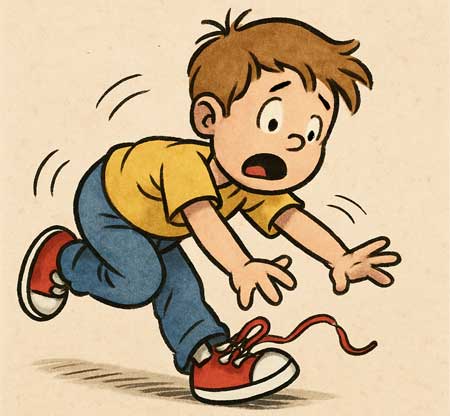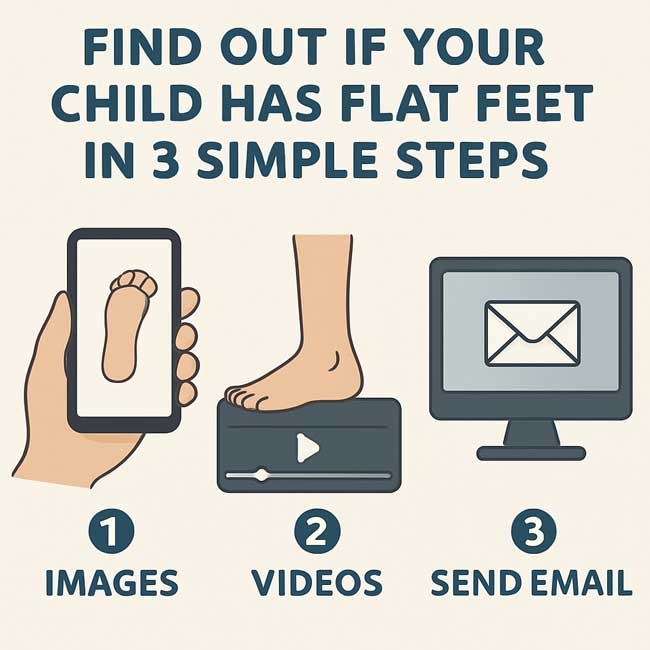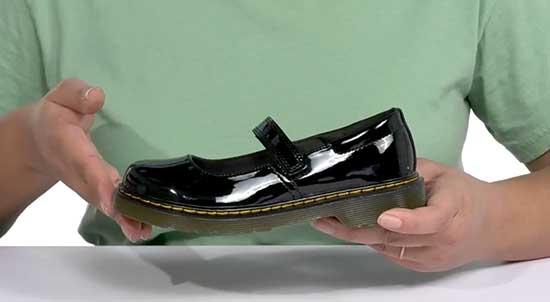Reducing and Eliminating Your Child’s Foot Pain – Have Your Child’s Feet Evaluated in Less than 10 Minutes
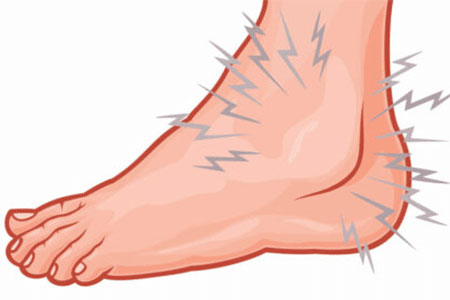
Has your child been complaining about foot or leg pain, only to be told by the pediatrician that it’s just a phase they’ll grow out of? You’re not alone. I’ve spent over a decade fitting shoes at a specialized children’s shoe store, working closely with physical and occupational therapists who regularly refer families to us. Many foot and leg issues in children can be addressed with the right footwear and support. In this guide, we’ll begin by identifying the possible causes of your child’s foot pain—and how the correct shoes can make a world of difference.
The Importance of Early Evaluation
Evaluating your child’s feet early can prevent a host of problems. Many foot conditions, such as flat feet or toe walking, can be addressed effectively with timely intervention. Early evaluation is straightforward and can often be completed in less than 10 minutes at a specialized shoe store or a podiatrist’s clinic. This quick assessment can identify potential problems before they become severe, allowing for interventions that can guide proper foot development.
Quick and Effective Foot Evaluation
Evaluating your child’s foot condition doesn’t have to be a lengthy process. With my personalized virtual assessment, you can retrieve your child’s foot shape, condition (flat feet, high arches), and recommended shoe size in less than 10 minutes.
Step One: Video or Images to Determine Possible Foot Conditions and Shape
Create a short video to help assess whether your child has a foot condition such as flat feet or high arches. The video will also help determine your child’s foot shape—whether it’s narrow, medium, wide, or extra wide. Below is a sample video to guide you through the process:
If you’d prefer not to record a video, you can take three photos of your child’s feet as shown below. However, please note that the video will provide a more accurate assessment of your child’s exact foot shape.
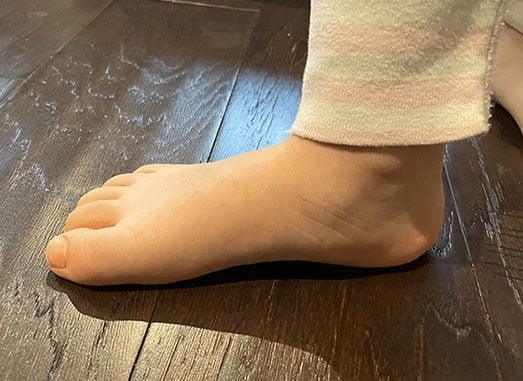
This image helps determine whether your child is flat footed and whether your child has a high instep or not.

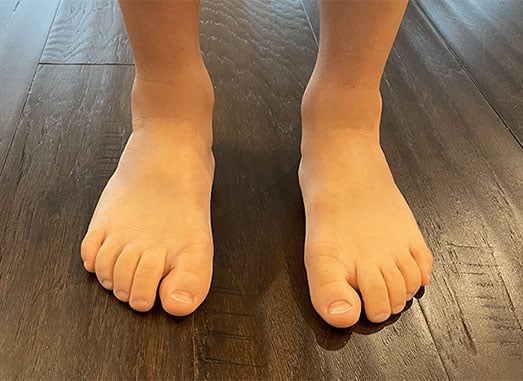
This image helps determine whether your child has narrow, medium, wide, or extra wide feet.
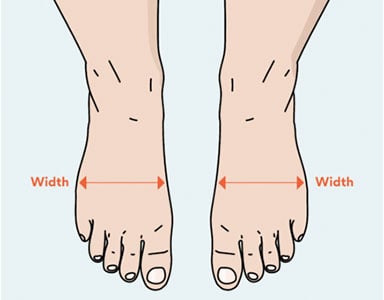
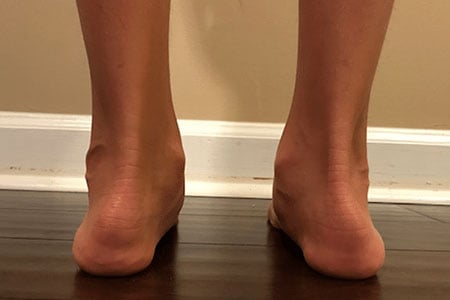
This image helps determine whether your child has rolled ankles or not.
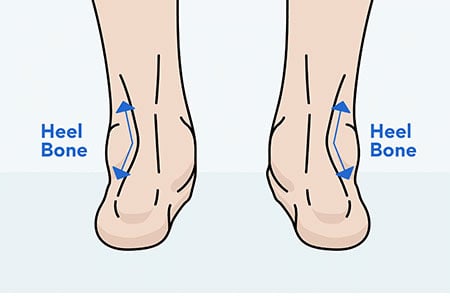
Step Two: Measure Your Child’s Foot Length for Shoe Size
Ensure your child is standing straight and measure both feet, as one may be larger than the other. Measure up to the tip of your child’s longest toe, which may not be the big toe—it could be the second or even the third toe. Record the measurements or email the image to prevent any confusion.

We will input your child’s foot measurements in the standard foot measuring tool (Brannock device) to retrieve your child’s exact foot length.
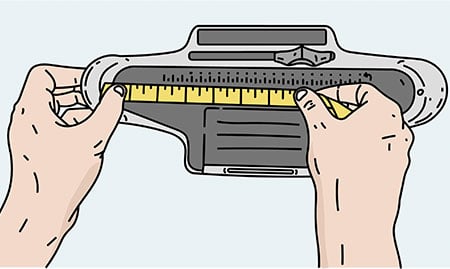
You can follow the instructions in this video for better visualization purposes.
Recap – What to Include in Your Email
- Sample video (or three images of your child’s feet)
- Your child’s foot length measurements (or an image of their foot length measurements)
- The country you live in case you need specific shoe recommendations
Feel free to include in your email any additional information I should know about your child’s feet:
customerservice@fittingchildrenshoes.com
You will then receive a response within 24 hours with your child’s exact foot length, shape, and specific shoe recommendations as needed.
Helping Children with Foot Problems
I’ve helped hundreds of children with a wide range of foot conditions, and some of the most common ones include:
- Flat Feet
- Overpronation
- Weak Ankles
- Low Muscle Tone
- Sever’s Disease
- In-Toeing
- Out-Toeing
What do all these conditions have in common? The right pair of shoes can make a world of difference. In many cases, supportive footwear alone can improve your child’s comfort, posture, and mobility. In more severe cases, combining proper shoes with orthotics provides the extra support needed to correct alignment and prevent future issues.
While I’m not a medical professional, I’ve spent over a decade specializing in fitting children for supportive shoes and orthotics. Through hands-on experience and close collaboration with pediatric specialists, I’ve helped hundreds of families find footwear solutions that significantly improve their children’s comfort, posture, and mobility.
If you wish to support the work of Fitting Children’s Shoes, you can Donate Here. Your support helps ensure that families around the world can find the correct shoes for their children, regardless of their foot shape or condition.

